If you live in an apartment like mine, dust builds up as soon as you wipe it down, so sometimes you just don’t bother — but we really should do it, and probably more often. A build-up of dust can cause serious respiratory problems, and regular dustings can help you avoid severe illness down the road. Here are 11 fun and inventive ways to eliminate dust that’ll make your dusting days a little easier.
Use kitchen tongs to dust blinds
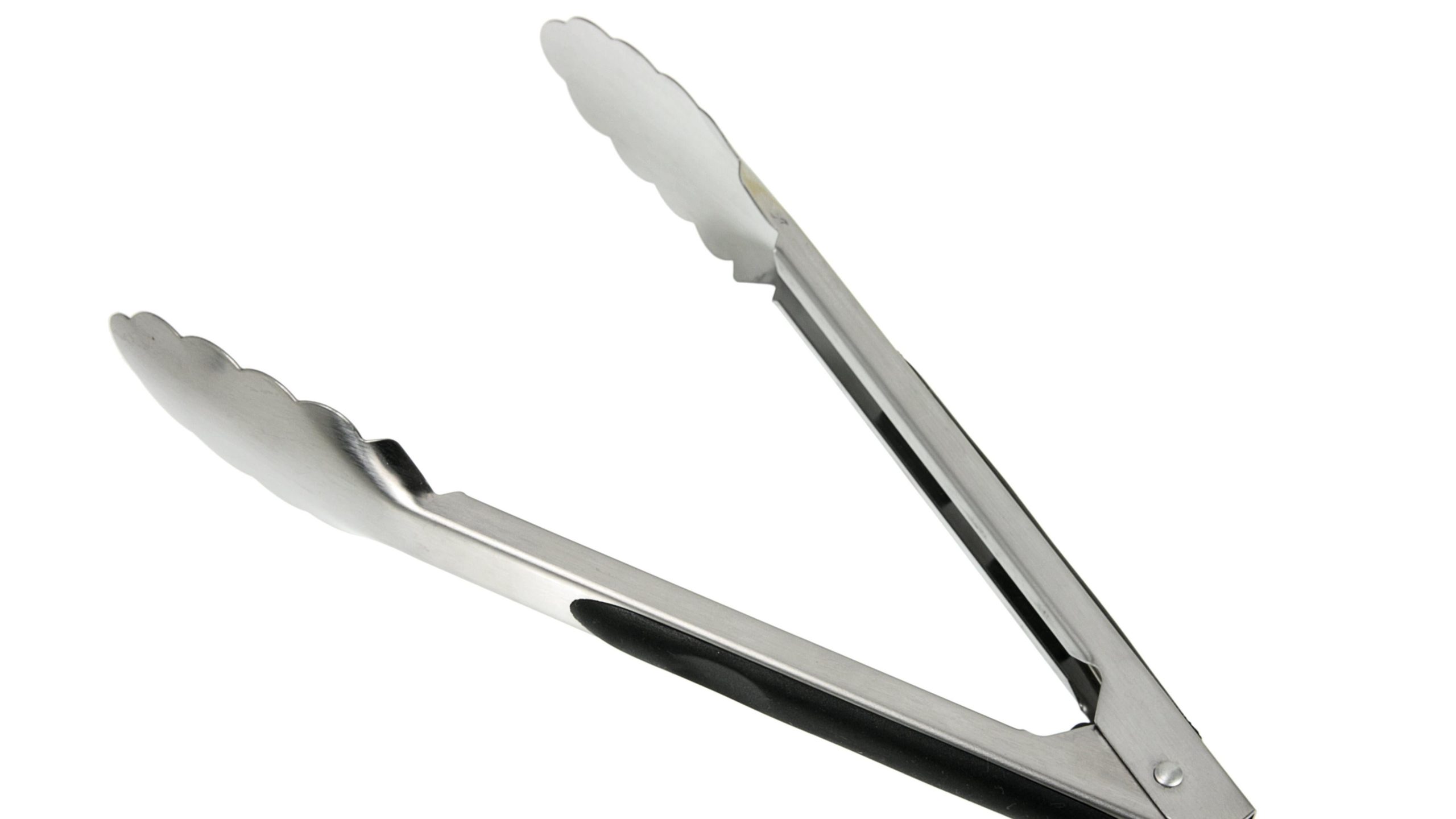
Wrap tongs in paper towels or a microfiber cloth and attach with rubber bands, because the slender arms of the tongs can fit into places other dusters can’t. For example, use the tongs to get in between the blades of your blinds and tight spaces of your window air conditioner.
Dust ceiling fans with a pillowcase

Ceiling fans are among the dustiest things in the house — I don’t understand it, they move all the time — but One Good Thing shares a tip for using a pillowcase around the blades. “[press] the pillowcase against the top and bottom of each blade and slide it towards you. All the dust will stay trapped in the pillowcase, and when you’re done, you can just toss it in the washer,” they explain.
Use a lint roller to dust lampshades
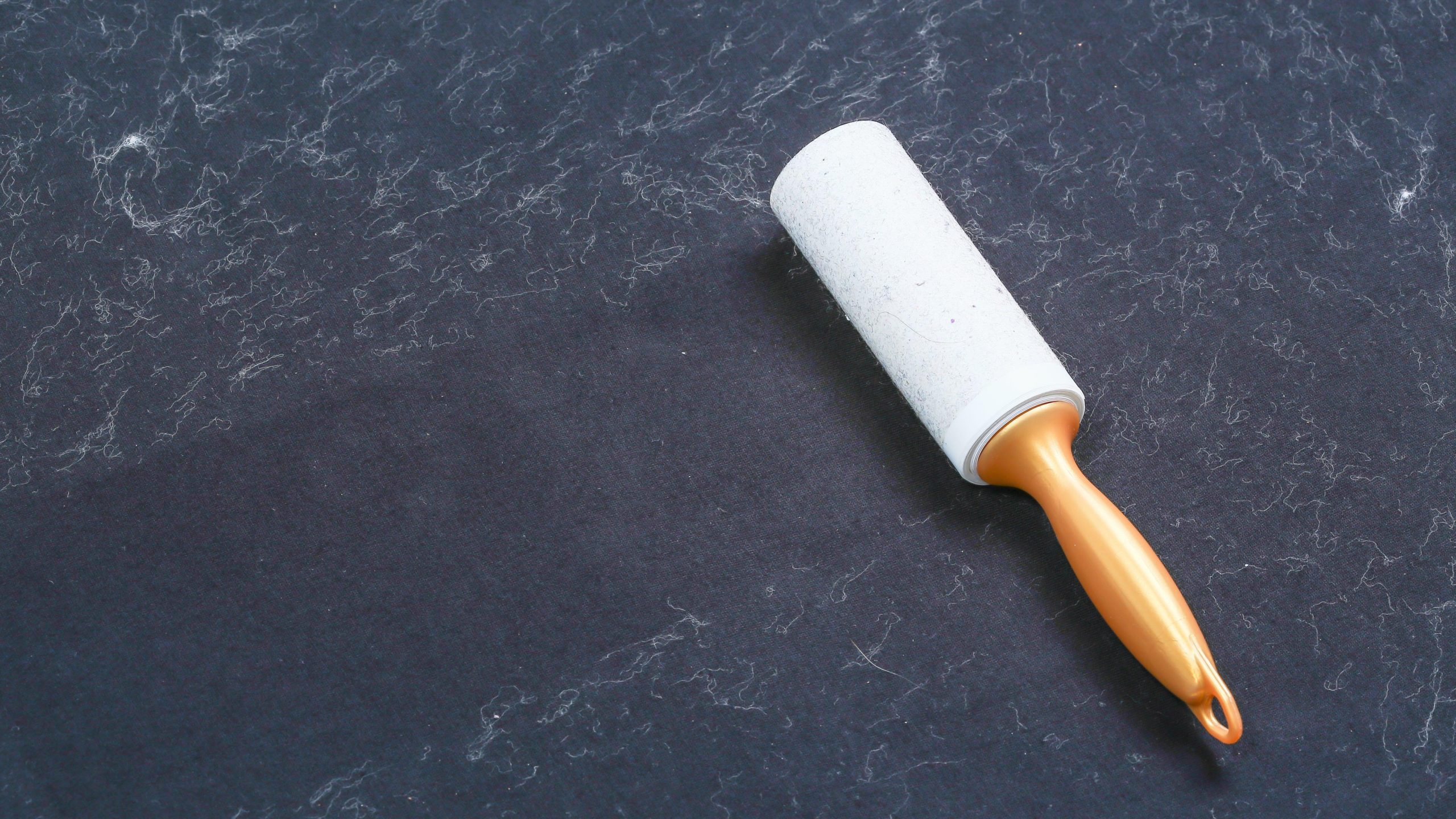
We covered ways to clean your lampshades, and using a lint roller is invaluable for dusting cloth ones. Just turn off the lamp, remove the shade, and roll around the outside (and inside if you can reach) to eliminate the layers of dust.
Dust small spaces with cotton gloves
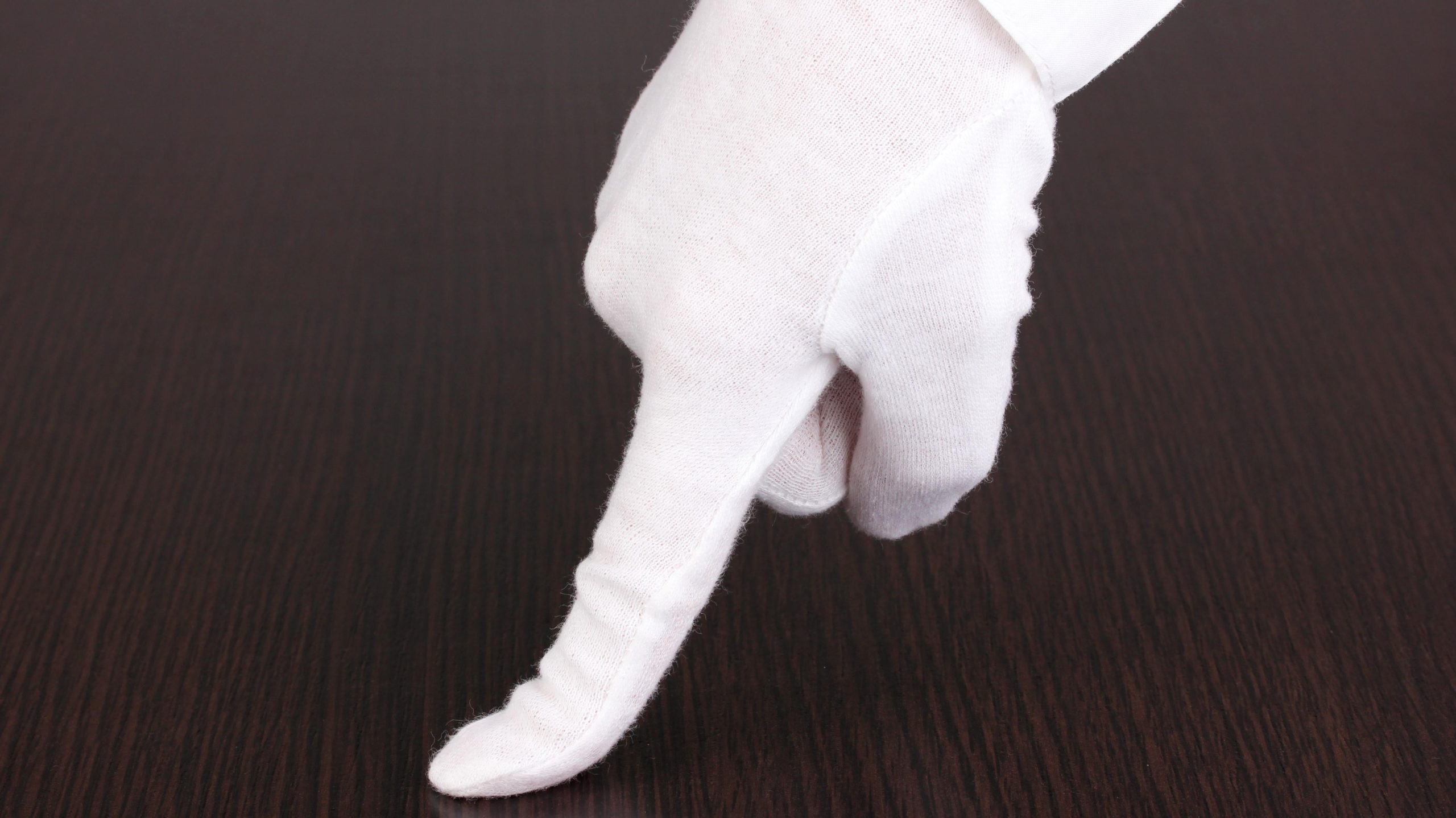
Tiny places are the worst to dust when all you have is a small stick with a poof on the end. Instead, grab some cheap cotton gloves and use your whole hand to clean the tiny dust traps in your house. Fingers can reach inside the small grooves of your cabinetry, gently dust plants with the right amount of pressure, and they’re biodegradable so they can be tossed without guilt when you’re done.
Use a slice of white bread to dust super delicate surfaces
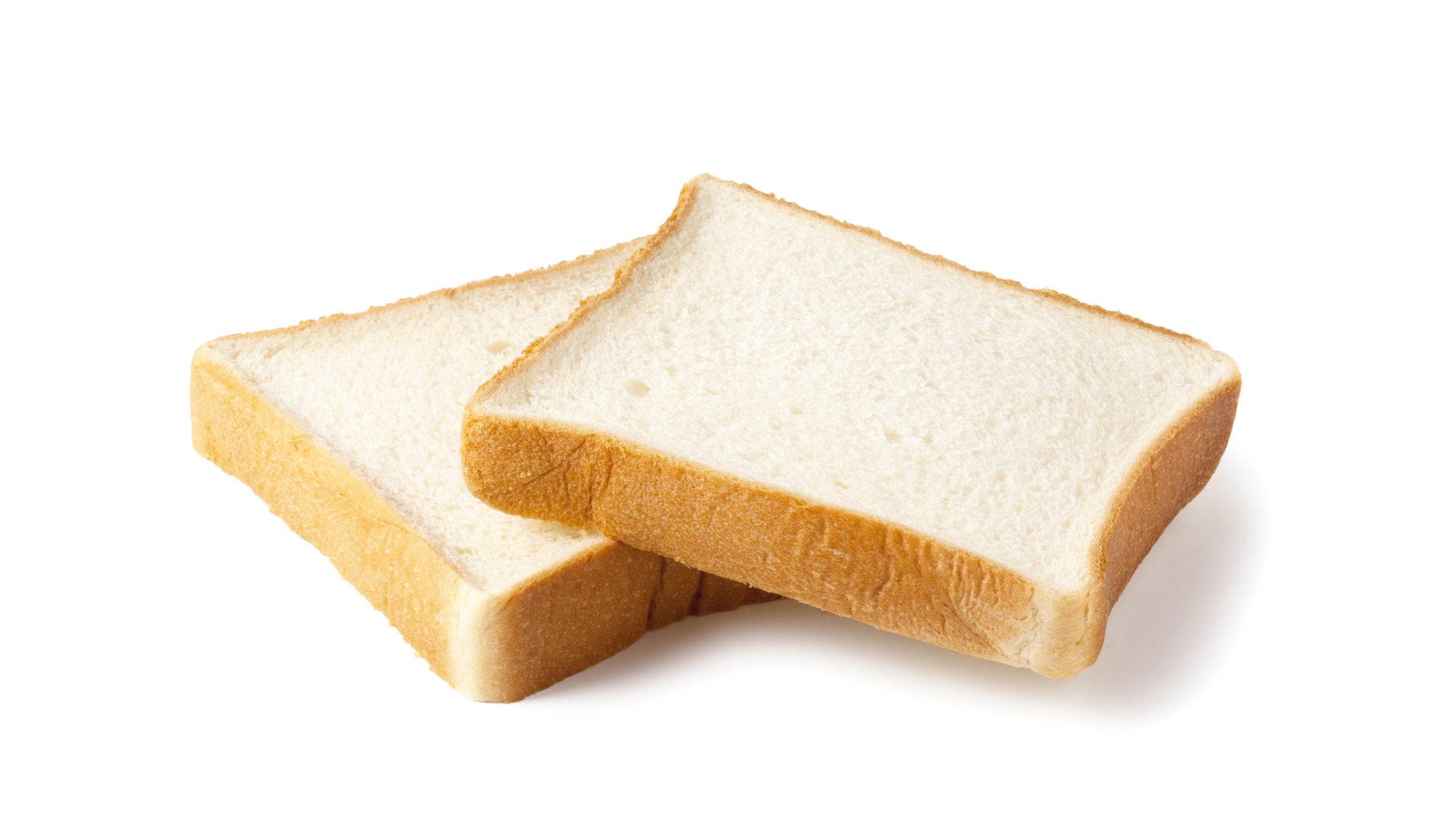
Weirdly enough, white bread can be a useful household cleaner, as the gluten in the bread gives it a gummy texture to trap dust and dirt. It can pull up marks on your wall, get all the little pieces of broken glass that were missed by a broom, and also dust your delicate appliances. Use it to dust paintings and old photographs without damaging them.
Use fuzzy socks to dust your floors
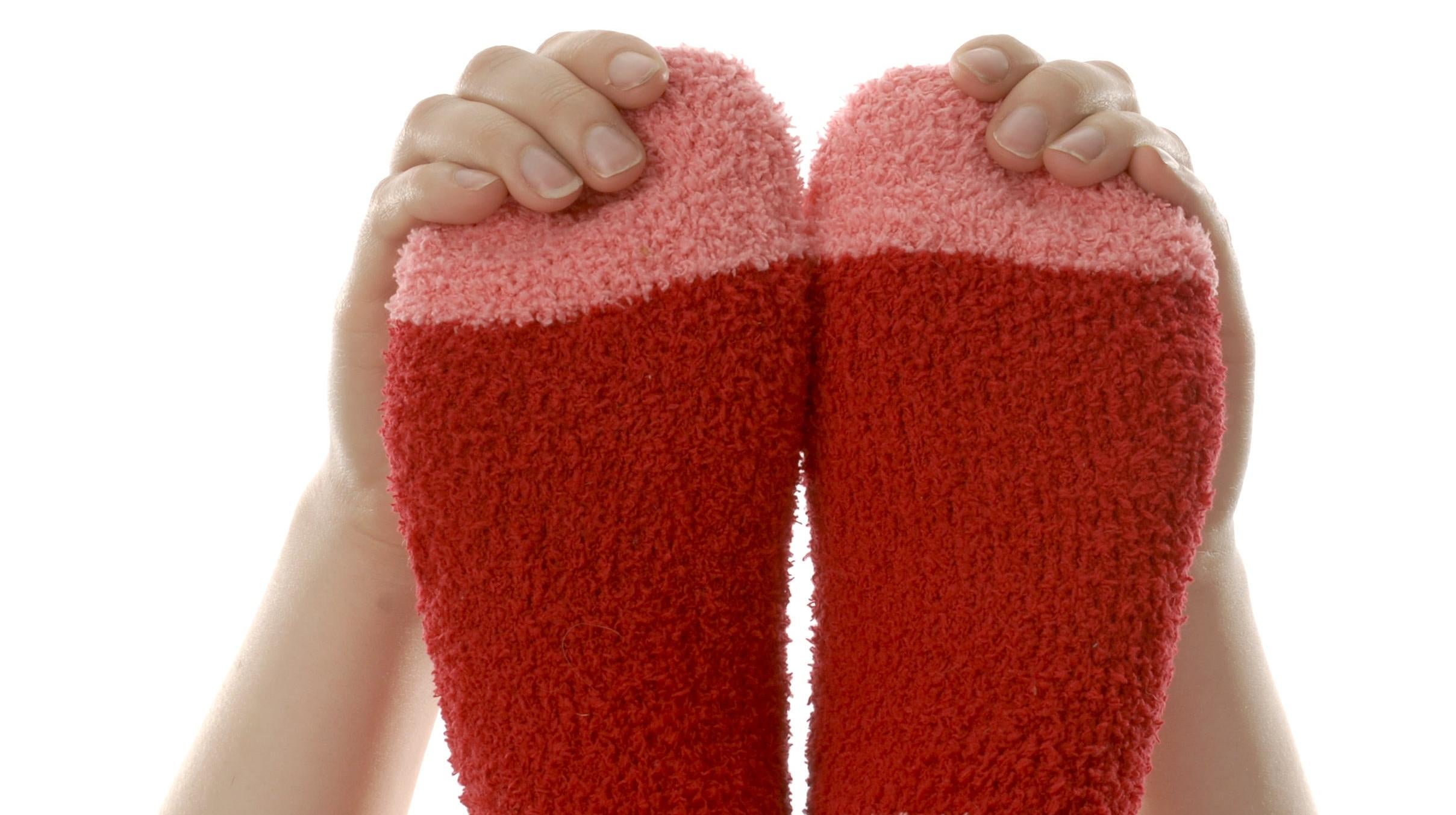
We’ve reported the use of flip-flops to pick up pet hair around the house, but you should also try using fuzzy socks to dust your floors. Take the thick, fuzzy ones you normally use all winter and give them one more go before packing them away for the season: Just slip them on and walk around the house, sliding across the floor…but try not to get too Risky Business with it, though, or you’ll just kick dust back up into the air.
Build a DIY duster for high places
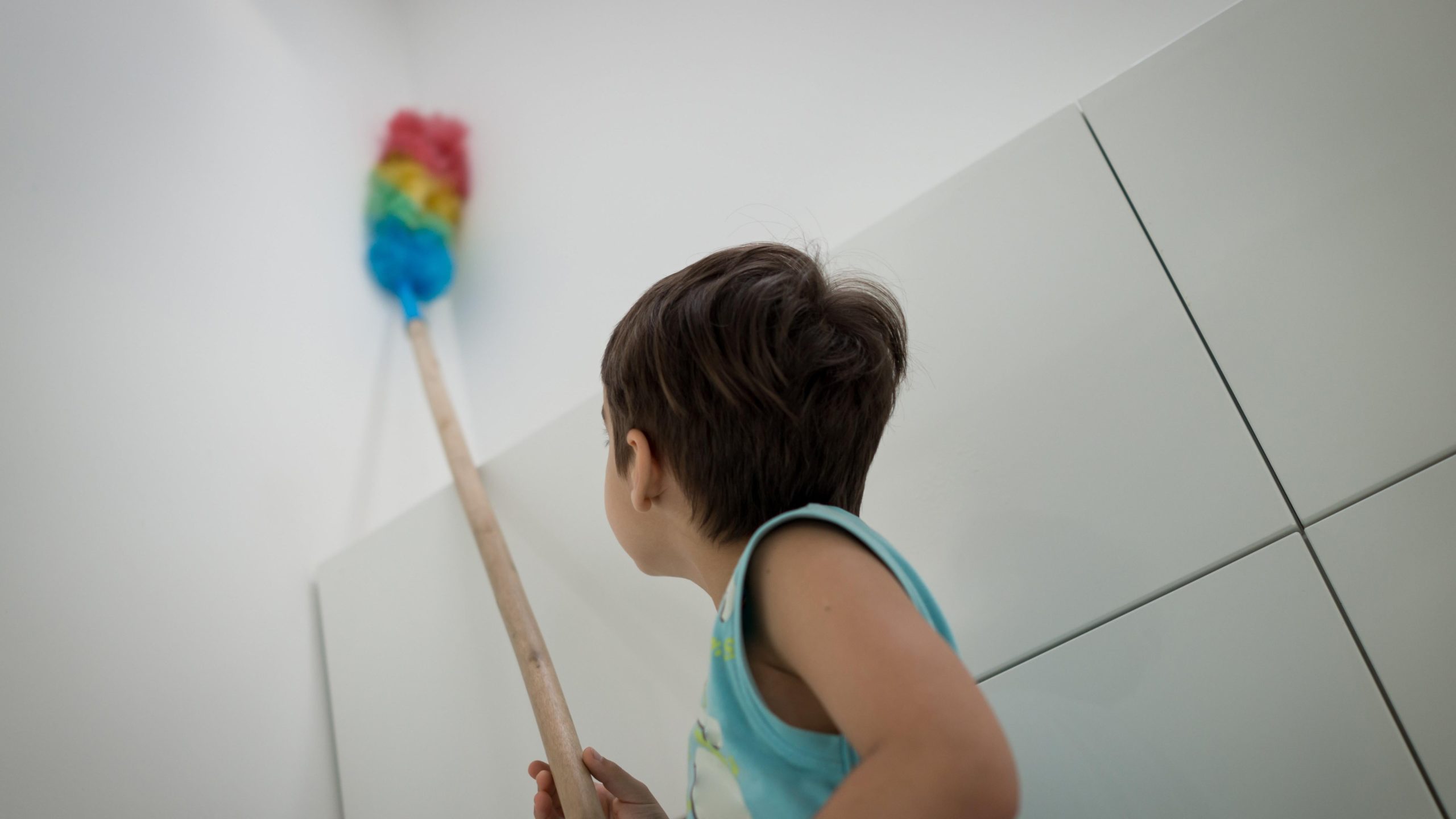
You may need some sewing skills for this one, but you can make your own long duster if you have high ceilings or hard-to-reach places. Taking wool strips, a 36-inch wooden dowel (or old paint rolling pole), 18-inch velcro, and a sewing machine, you can construct your own long-armed duster. Crafting site 3191 Miles Apart has great detailed instructions for assembly.
Dust your rooms from top to bottom
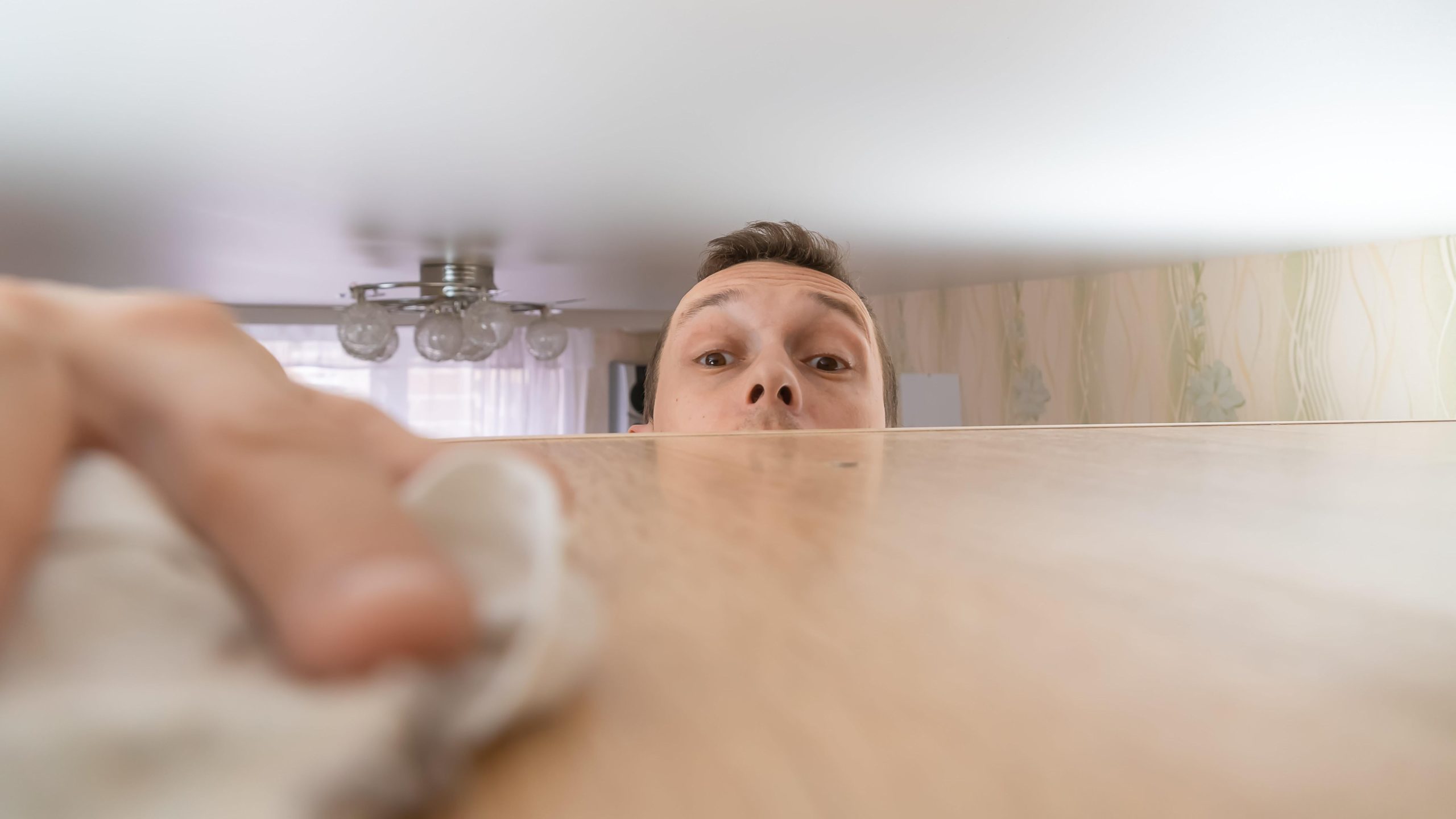
Martha Stewart helped solve the serious dusting questions of where to start. Dusting from the top first (like high shelves and ceiling fans) lets dust fall as you work your way to the floor items like couches and coffee tables. It also helps answer the question of whether to vacuum or dust first…the answer is to dust. Always dust first.
Dust early in the morning to prevent late-night allergens

You might sneeze quite a bit when cleaning your home, which makes sense given the dust you’re kicking up into the air as you try to get rid of it. If you dust in the morning, though, it gives your home time to air out. That way, you won’t go to bed sneezing or wake up choking on your dust allergies.
Keep dust away with dryer sheets

We’ve shown the myriad of uses for dryer sheets, and keeping dust off is definitely one of them. The anti-cling components of the dryer sheet repel dust, keeping the particles from accumulating on your surfaces. Rub a used (or unused) dryer sheet along baseboards, dressers, and bookcases to keep dust off for longer.
Reduce dust with doormats and pet baths
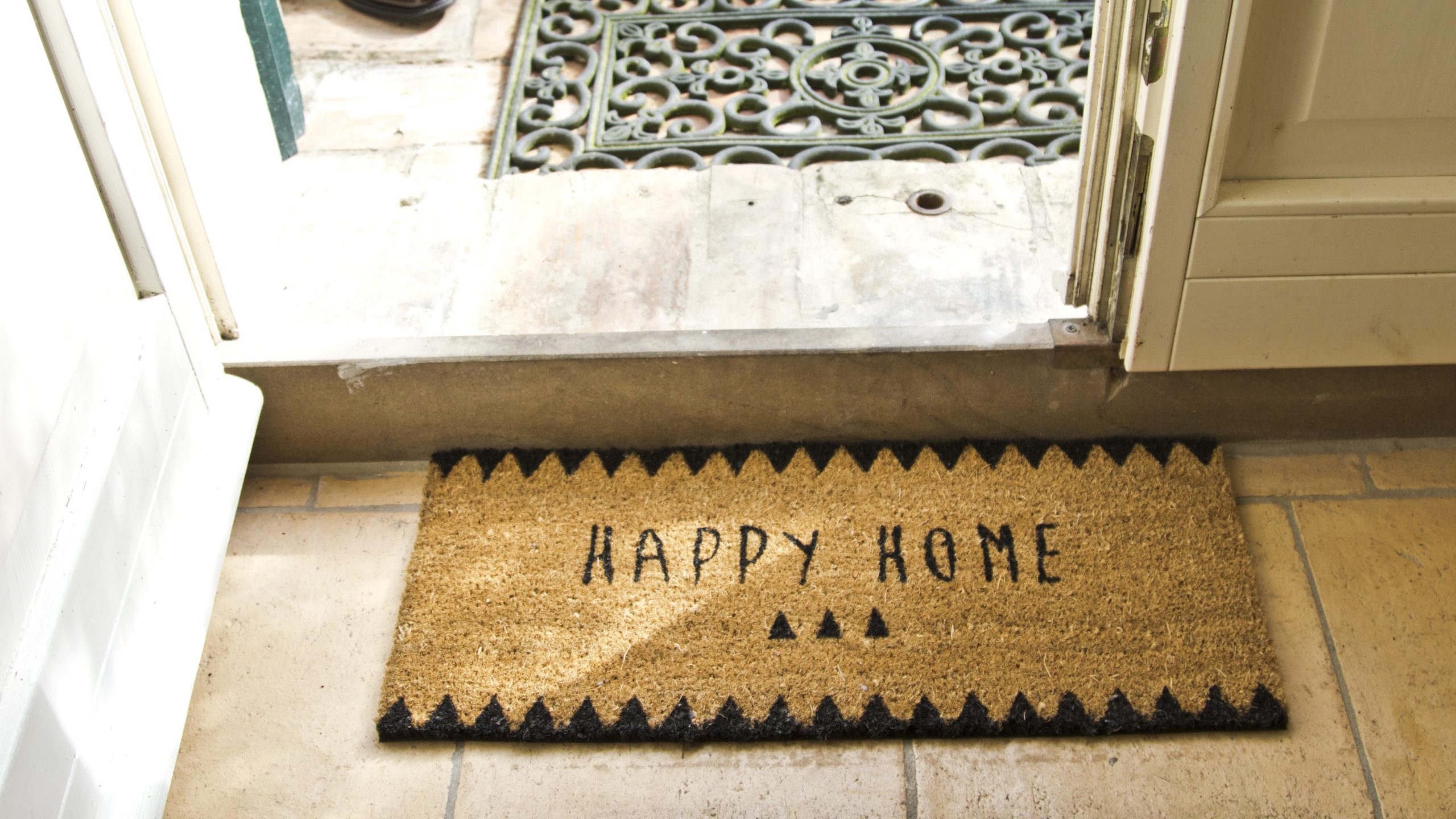
Although you can’t eliminate dust forever (it’s largely made up of human skin flakes, after all), you can help stop it at the door. Esquire recommends buying a hard bristle doormat (I have two of them), because the hard bristles work to trap lint, dust, and dirt before it gets inside your home. You can also have a no-shoes-in-the-house rule to help keep the outside from getting in, or get an air purifier to help suck dust out of the air. Regularly grooming your dog can also help cut down on pet dander.
This article on cleaning dust has been updated since its original publish date.
Lead Image Credit: iStock

Leave a Reply
You must be logged in to post a comment.